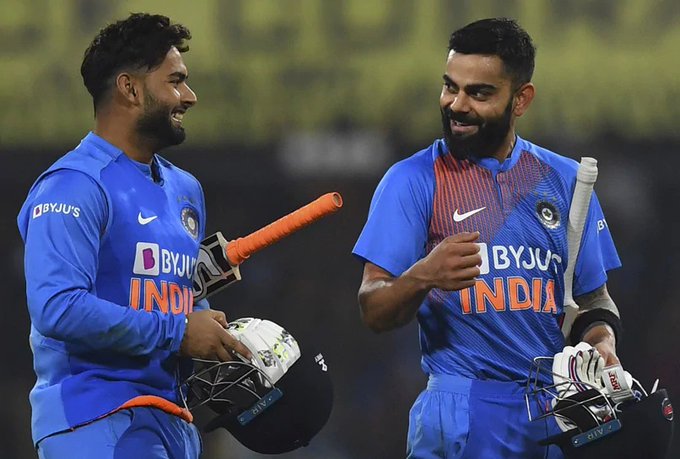Dear All,
Large ECBs for Power in April 2013
Indian firms have raised US$ 1.12 bn through external commercial borrowings (ECBs) in the month of April 2013 by automatic and approval route. The borrowings stood at US$1.12 bn in April 2013 as compared to US$ 2.73 bn in April 2012.
External commercial borrowings (ECBs) since April 2011 (US$bn)
Source: PHD Research Bureau, compiled from RBI
Note: ECB contains both automatic and approval routes
India has received gross ECBs worth around US$223 bn between FY2001 and FY2014 (till April 2013).
Gross ECB Inflows (US$bn)
Source: PHD Research Bureau, compiled from RBI
* Data pertains to Apr 2013
Note: ECB contains both automatic and approval routes
A closer look at the ECBs pattern reveals that the lion’s share in ECB during the month of April 2013 is held by the power contributing to about 43% of the total, followed by import of capital goods at around 22% and new project at around 13%.
Pattern showing ECBs during April 2013 (% share in total)
Source: PHD Research Bureau, compiled from RBI
Note: ECB contains automatic& approval route both
Warm regards,
Dr. S P Sharma
Chief Economist
